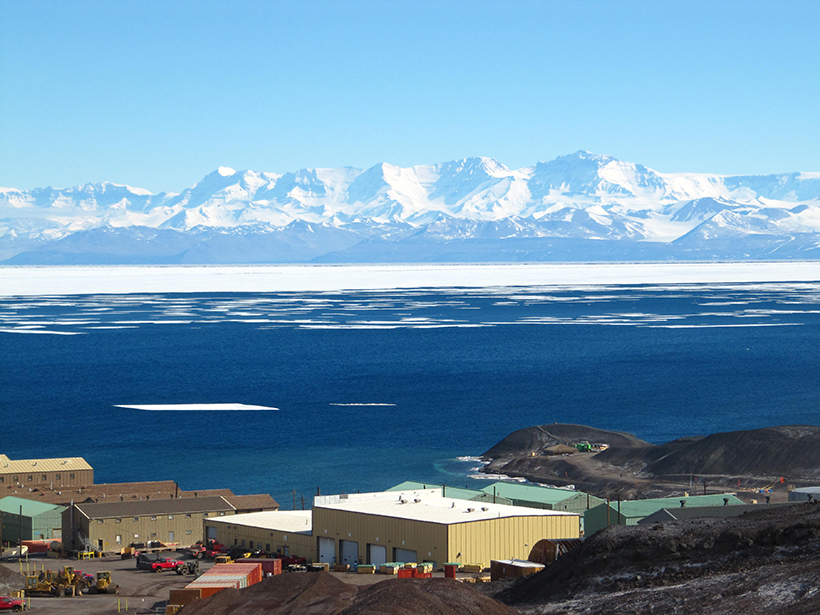Source: Journal of Geophysical Research: Atmospheres
Gravity waves are enormous vertical oscillations of air that propagate through the atmosphere like ripples in quiet water, and they are perpetually present in the Antarctic atmosphere. Because these waves can create air turbulence and affect weather and climate by transporting energy and momentum between atmospheric layers, researchers have diligently searched for their sources.
Any gravity wave source must be constrained by wave properties observed in the atmospheric layers between 50 and 115 kilometers above Earth’s surface, where persistent gravity waves were first documented, and in the underlying stratosphere, where gravity waves have not yet been rigorously characterized. To help fill this gap, Chu et al. report the results of a detailed statistical analysis of gravity wave characteristics in the stratosphere. Their data, which span from 2011 to 2015, are derived from the first multiyear, year-round measurements of temperature fluctuations made using an iron Boltzmann lidar system at the Arrival Heights observatory near Antarctica’s McMurdo Station.
The results document both the strength and rate of dissipation of waves between altitudes of 30 and 50 kilometers and show striking differences among the four seasons. The data clearly demonstrate that despite significant year-to-year variability, gravity wave dissipation is consistently more severe during the winter. The team also found that wave activity peaks in midwinter, when the station is situated deep within the polar vortex, and declines during the spring, when McMurdo is located near the vortex edge.
This is the first study to document multiyear seasonal patterns in gravity wave activity in the upper Antarctic stratosphere—an important contribution to our understanding of Antarctic gravity waves. The results also serve as an observational benchmark for future research, provide a physical basis for improving the performance of general circulation models, and, ultimately, aid in the search for the sources of persistent gravity waves in Earth’s upper atmosphere. (Journal of Geophysical Research: Atmospheres, https://doi.org/10.1029/2017JD027386, 2018)
—Terri Cook, Freelance Writer
Citation:
Cook, T. (2019), Observations show gravity waves above Antarctica dance in winter, Eos, 100, https://doi.org/10.1029/2019EO114817. Published on 05 February 2019.
Text © 2019. The authors. CC BY-NC-ND 3.0
Except where otherwise noted, images are subject to copyright. Any reuse without express permission from the copyright owner is prohibited.

